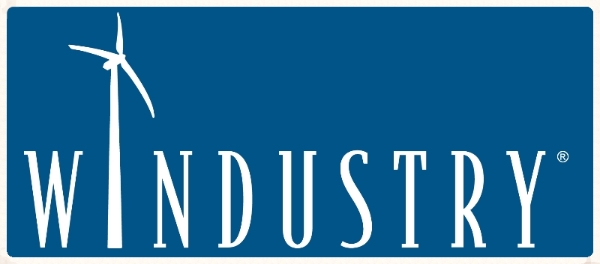Wind energy offers many financial, environmental, and social benefits to the communities and individuals who choose to get involved with it. Developing a wind project, however, can be a time-consuming and complex process. Before beginning, you will want to familiarize yourself with all of the necessary steps and gain a solid understanding of the elements of a wind project.
Project Goals
From the outset of your project you will need to decide how you want to use wind power. Some homeowners produce a small amount of electricity for use at their home or farm. Others produce excess electricity to sell to a utility company, and still others lease land to developers who build large wind facilities. The size of your project will help determine the scope of your development planning.
Wind Resource Assessment
Once you have determined the goal of your project, you will need to assess how much wind exists at your site. A good place to start is to find your site on a wind resource map of your state, which are available at the United States Department of Energy website.
The wind map will provide a rough estimate of the wind class at your proposed site, which denotes the average annual wind speed. If your land is wind class 3 or higher, clear of trees and buildings, and higher than surrounding obstructions, then you can confidently look further into your wind project. You will then need to undertake some site-specific meteorological studies which will help you and your banker determine the economic feasibility of the project.
Site Assessment
Other factors related to the physical aspects of your property, zoning regulations, transmission lines, environmental aspects, and your neighbors’ perceptions will also play a role in your project.
Choosing a Business Structure
Once you have determined that you have a strong wind resource and your property is suitable for development, you will want to decide what level of involvement in the project you are comfortable with. There are three basic ways to undertake wind energy development:
1. Lease your land to a wind developer,
2. Join with others in investing, or
3. Own the turbine(s) yourself.
The level of involvement you choose will depend upon the time and effort you are able to contribute, the risk and return you are willing to take on, and the legal feasibility of your situation.
Financing Your Project
The business structure you choose will affect the costs and the financing of your project. There are several primary components in the cost of a wind project including: the turbine itself, construction, interconnection fees, metering equipment, maintenance, and any consulting services you contract. There are various state and federal incentives that you may be able to use to reduce your wind project costs. Summaries of these incentives can be found at the Database of State Incentives for Renewable Energy. There are also several grant programs available to small wind developers. The economic rewards you receive will depend on your business structure and financing mechanisms.
The turbine model for your project will depend on your wind resource and the goals of your project, as well as on the price and availability. Keep in mind that there are long waiting lists for many wind turbines today due to increased demand and limited supply. When deciding which turbine is right for your project, you should talk with other wind developers in your area to hear about their experiences working with various manufacturers.
Construction
One of the key players on a wind project team is the construction manager. When choosing a construction company you should talk with experienced developers in your area, and ask for references on past projects. Once all of the essential project elements are in place, the construction manager can begin site preparation for delivery and installation of the turbine(s).
Once the wind project is operational, it must be routinely maintained to maximize efficiency for its lifespan. A maintenance contract with the manufacturer or a qualified firm is a common way to arrange operations and maintenance (O & M), and an O & M fund will need to be established to cover these specific costs. Operating costs also include warranties, administrative fees, insurance, property taxes, land-lease payments, and a contingency fund for unforeseen problems. How well you maintain your turbine will affect your project’s lifetime and return on investment. After the useful lifetime of the turbine, there will be decommissioning costs associated with the removal of the machines and restoration of the site.
In Summary
Developing wind energy can be a complicated process requiring a lot of time and effort. It can also be very rewarding, both financially and personally. This introduction to wind is simply an overview of the various elements involved in wind project development, and hopefully it will put you on the right path toward exploring your options for harvesting wind energy.

